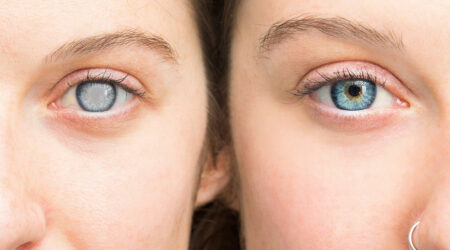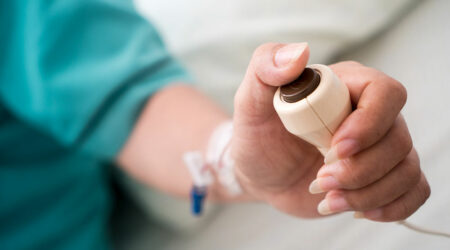
High blood sugar – Signs, causes, and how to manage it
Managing blood sugar is essential for good health. If one’s blood sugar levels are continuously high, it’s a sign of diabetes. Those living with diabetes must be extremely careful about their lifestyle and food choices because unmanaged blood sugar can lead to complications like heart disease, kidney problems, and vision loss. This article discusses the signs of diabetes, its causes, and how to manage the condition with nutrition, lifestyle changes, and treatment.
Signs and symptoms
The ideal blood glucose range is 80 to 130 mg/dL before meals and below 180 mg/dL after meals. If it is higher than the limit, it is called hyperglycemia. The signs of high blood sugar include frequent urination, increased thirst, blurred vision, dry mouth, itchy skin, yeast infections, wounds that heal slowly, and numbness or pain in the feet or legs.
Low blood sugar is called hypoglycemia. The noticeable signs include sweating, shaking, looking pale, hunger, nausea, difficulty concentrating, headache, irritability or anxiety, dizziness, and tingling numbness of the lips/tongue/cheek. In some cases, there may be slurred speech, loss of coordination, blurry vision, inability to complete tasks, and nightmares during sleep.
Types
To understand the cause of diabetes, we must first know its types. Diabetes can be type 1 or type 2. Type 1 is common in children, teens, and young adults. About five to ten percent of patients have this type of diabetes, and the only way to manage it is by using insulin. Type 2 diabetes occurs when the body does not utilize insulin properly, and it is found in 90 to 95 percent of cases.
Gestational diabetes is a rare kind that develops in pregnant women with no history of high blood sugar. It is usually temporary and goes away after the pregnancy. However, it leaves the patient with a higher risk of developing type 2 diabetes later.
Causes
Type 1 diabetes usually occurs when the immune system attacks and destroys insulin-producing cells in the pancreas, so the body cannot produce insulin. In type 2 diabetes, the body produces less insulin, or the cells become resistant to the insulin produced. Gestational diabetes is caused during pregnancy when there is an overload of hormones. It causes the cells to become resistant to insulin, leading to temporary diabetes.
Foods to eat and avoid
Proper nutrition is crucial for managing blood sugar. Here are some foods to eat and avoid:
Avoid: Red meat
While proteins are the building blocks of our muscles and are essential to keep us strong and healthy, red meat is a big no-no for diabetics. A study reported on NCBI said that eating red meat led to an increased risk of type 2 diabetes.
Eat: Eggs
Instead of red and processed meat, diabetics can eat eggs for protein. One whole egg has bout seven grams of protein. Other protein sources for those with high blood sugar include seafood, soy protein, and other forms of plant-based proteins.
Avoid: Sweetened beverages
These beverages have high amounts of carbs and fructose. Studies suggest that fructose can increase insulin resistance, leading to high blood sugar. Sweetened drinks also increase belly fat, which leads to other health complications.
Eat: Broccoli
Studies have shown that this green vegetable can help increase insulin sensitivity and lower blood sugar levels. However, patients must eat broccoli raw or slightly steamed for the best benefits.
Avoid: Carbohydrates
Carbs are an essential energy source, but those with high blood sugar should be careful of their daily carb intake. Diabetics should get most of their carbs from fiber-rich veggies, fruits, and whole wheat grains like brown rice and oatmeal.
Lifestyle changes and remedies
Specific lifestyle changes can help manage high blood sugar. Exercise is most helpful as it can help increase insulin sensitivity and maintain body weight. Patients can try brisk walking, swimming, cycling, or any other physical activity they love. Further, drinking plenty of water, exercising portion control, and managing stress can help.
Treatment options
Diabetes cannot be cured. However, one can manage it by taking the correct insulin dosage, monitoring blood sugar, pancreas transplantation, and other oral treatments. It is advisable to consult a doctor to choose the suitable treatment depending on one’s blood sugar levels and type of diabetes.




